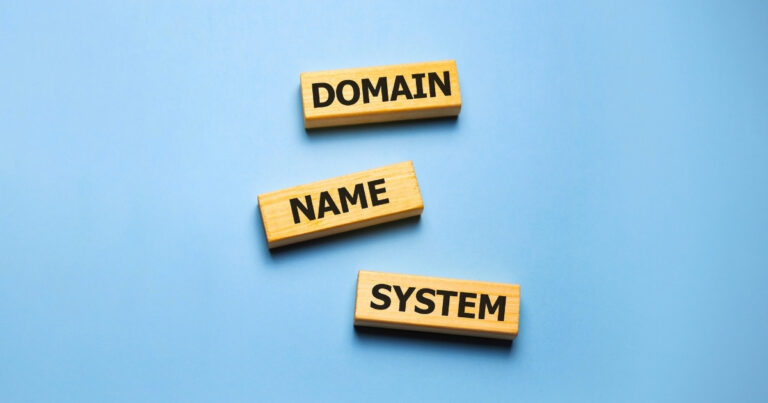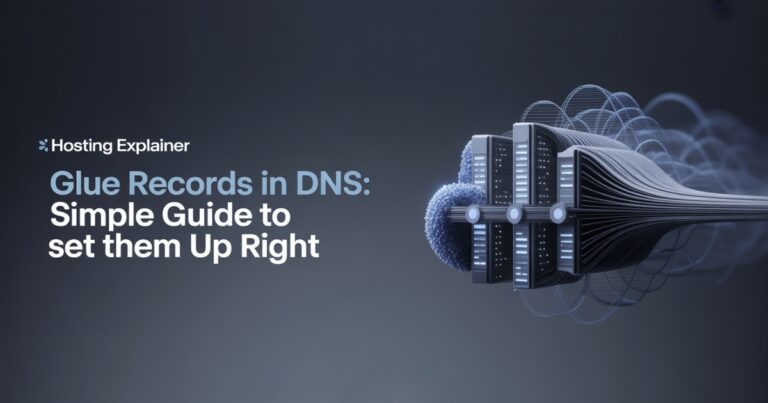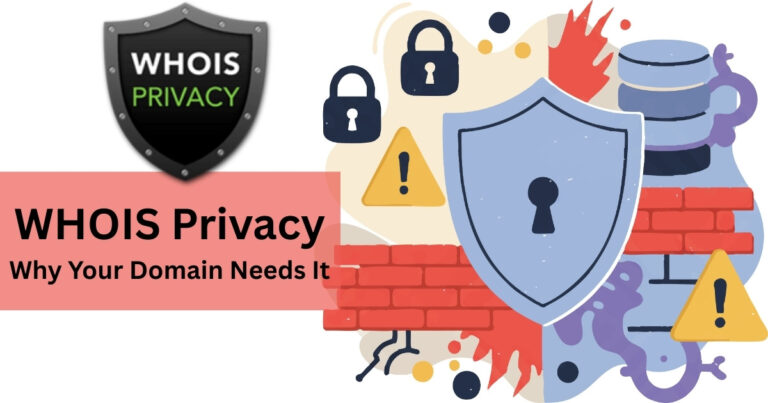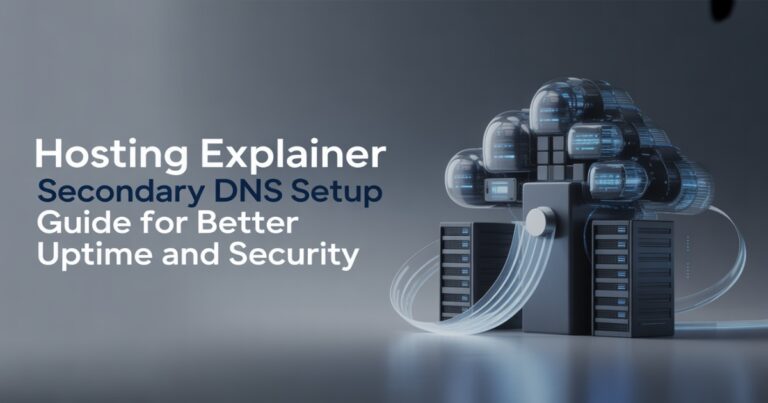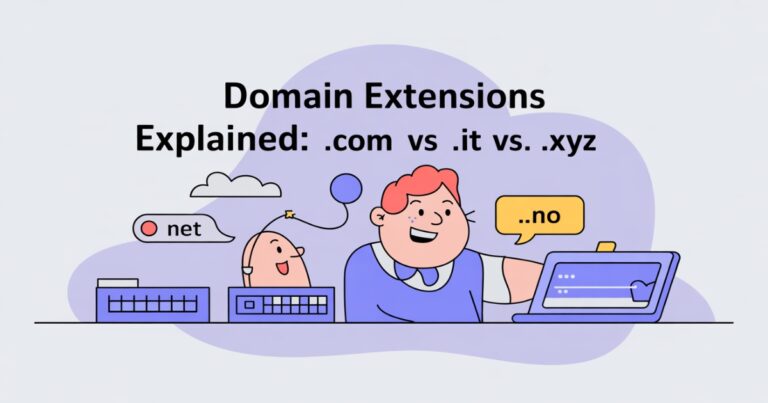How to Buy Expired Domains Safely to Boost SEO and Growth
When I first heard about expired domains, I thought they were a quick way to get SEO wins. The idea of buying a site with existing backlinks and authority sounded perfect. But I quickly learned that not every expired domain is safe. Some can hurt your site more than help it.
In this guide, I’ll walk you through how to buy an expired domain the right way. You’ll see how to check domain quality, avoid scams, and use them safely for SEO, branding, or website flipping.
By the end, you’ll know exactly what to look for, what to avoid, and how to make the most of expired domains without risking your site’s reputation.
What Is an Expired Domain, and Why Do People Buy Them?
An expired domain is simply a website address that the original owner didn’t renew. Once it’s released, anyone can buy it again.
People buy expired domains for different reasons:
- To boost SEO with existing backlinks.
- To build niche sites faster without starting from scratch.
- To redirect traffic to a main site or e-commerce store.
- To invest and resell later, sometimes at a profit.
From my own experience, expired domains are not magic shortcuts. They only work if the history, backlinks, and reputation are clean. A domain with spammy links or penalties can drag down your entire project.
I’ve seen domains with hundreds of backlinks that ended up being worthless because most links were irrelevant or low-quality.
Expired domains can be a hidden shortcut if used correctly. The key is understanding the value beyond just age or backlink numbers.
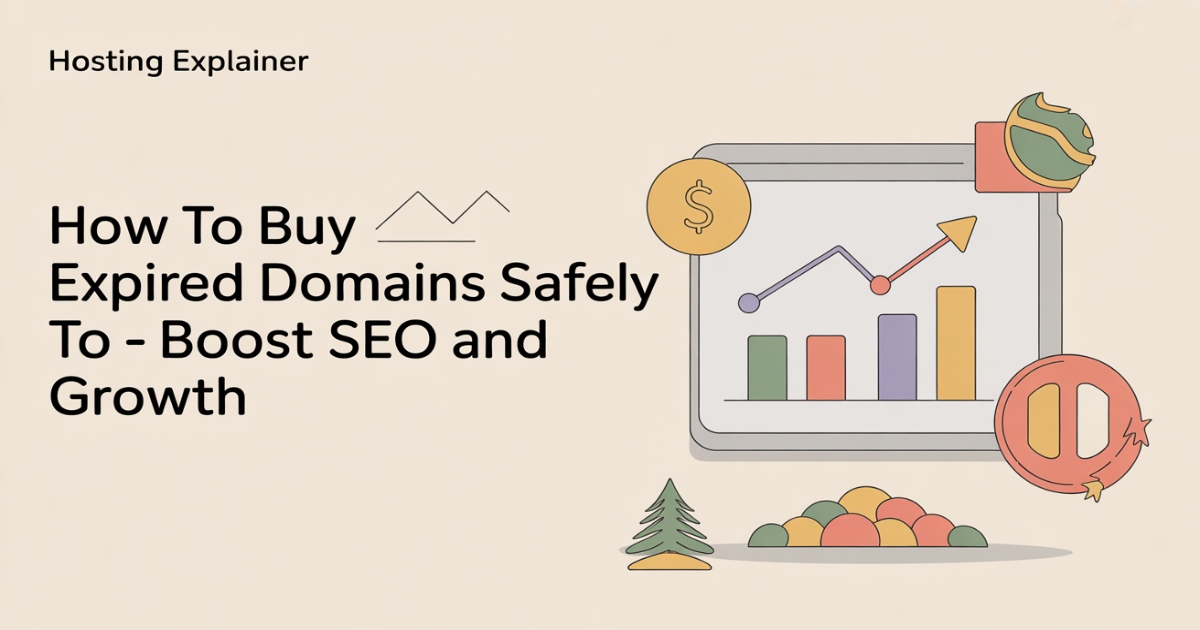
Where to Find Expired Domains (Trusted Marketplaces & Tools)
Earlier, we covered why expired domains matter. Now, where do you actually find them? The good news is that there are several safe places to buy expired domains.
Popular expired domain marketplaces include:
- GoDaddy Auctions: Large inventory but higher competition.
- Namecheap Marketplace: Reliable and easy to filter results.
- Dynadot Auctions: Affordable options, simple interface.
- ExpiredDomains.net: Free tool, great for filtering by DA, backlinks, and language.
Each marketplace has its advantages and limitations. For example, ExpiredDomains.net gives you a lot of raw data but requires more filtering and analysis. GoDaddy and Namecheap handle the registration process, so they’re more beginner-friendly.
Always check filters like domain age, backlinks, and language before bidding. This saves hours of work and helps avoid poor choices. Another pro tip: consider setting alerts for specific niche keywords. You might find a domain exactly matching your brand.
How to Check the Quality of an Expired Domain
Finding expired domains is only step one. The real work is checking if they’re worth buying.
1. Check Domain Authority and Backlink Profile
A strong backlink profile is critical. Use tools like Ahrefs, Majestic, or SEMrush to evaluate:
- Domain Authority (DA)
- Trust Flow (TF)
- Citation Flow (CF)
Backlinks should be relevant and from authoritative sites. I once found a domain with 200 backlinks, but most came from irrelevant forums. Even though the DA was high, it added no real SEO value.
2. Look at Spam Score and Link History
High spam scores usually mean risky backlinks. Avoid domains with foreign anchors, adult links, or unrelated spam. SEMrush and Moz can help you identify spammy links quickly.
3. Review Domain History with Archive.org
The Wayback Machine is your best friend here. You can see what the site looked like in the past. If it hosted real content, it’s safer. If it was full of spam or malware, stay away.
4. Check Whois Data and Age
Older domains often carry more trust. A clean ownership history suggests reliability. Use Whois lookup tools to see if the domain changed hands frequently. Frequent drops may indicate problems.
Checklist for safe expired domains:
- DA above 15–20.
- Clean, relevant backlinks.
- No foreign spam or shady redirects.
- Clear, trustworthy site history.
- Indexed in Google (not penalized).
Safe Ways to Use an Expired Domain
Once you’ve found a good domain, the next question is how to use it safely.
1. Build a New Site on It
This works best if the domain matches your niche. For example, I rebuilt a small niche blog on an expired domain and saw faster indexing because of its backlink history.
Use original content and maintain high quality. Never copy old content from the previous site; it can cause duplicate content issues.
2. 301 Redirect It to Your Main Site
If the domain is relevant, redirecting can transfer some SEO value. But do this carefully. Only redirect domains that have backlinks aligned with your target site.
Redirecting unrelated domains can confuse search engines and hurt your rankings.
3. Use for Branding or Side Projects
Short, memorable expired domains can work as brandable websites. Even if the SEO value is low, a clean name can help a new business or project stand out.
For example, if you find a .com that matches your niche keywords, it’s worth considering for a blog, portfolio, or microsite.
Avoid using expired domains as part of a private blog network (PBN). That’s considered black-hat SEO and can result in Google penalties. Always prioritize transparency and natural usage.
Mistakes to Avoid When Buying Expired Domains
We’ve talked about the right way. Now let’s cover common mistakes that beginners often make.
Skipping backlink checks
Don’t assume all old links are good.
Ignoring Google penalties
If a domain is deindexed, it’s usually worthless.
Paying too much
Auction prices can skyrocket, so stay realistic.
Using them solely for spammy links
Short-term gains can lead to long-term penalties.
I once saw a friend buy an expired domain without doing proper checks. It was linked to gambling spam, and within weeks, his site rankings dropped dramatically. That’s why due diligence is critical.
Step-by-Step Process to Buy an Expired Domain
Now that you know the risks, here’s a clear process to follow.
Decide your goal
Are you looking for SEO, branding, or flipping?
Search a marketplace
Use GoDaddy, Namecheap, or ExpiredDomains.net.
Filter results
Look at domain age, backlinks, and language relevance.
Check metrics
Use Ahrefs, SEMrush, or Majestic to verify DA, TF, and backlink quality.
Review history
Archive.org and Whois lookup help avoid domains with shady pasts.
Place a bid or buy
Set a budget and stick to it. Don’t overpay for hype.
Register and set up
Build a site, redirect, or hold as an investment.
Following this method reduces risk and keeps your investment safe.
Are Expired Domains Still Worth It in 2025?
You might wonder if expired domains are still effective today. The answer is yes, but only when used wisely.
Google has become stricter about link quality. Simply owning an old domain isn’t enough. But a clean, relevant expired domain can still save months of effort in building authority.
From my perspective, expired domains are worth it if:
- The backlinks are relevant and strong.
- The domain history is clean and reputable.
- You use it naturally, not as a spammy shortcut.
Expired domains are still a tool in the SEO toolbox, but they are not a silver bullet. They work best when combined with good content, proper site structure, and consistent SEO practices.
FAQs About Buying and Using Expired Domains
1. Do expired domains still help with SEO?
Yes, if the backlinks are clean and relevant and the domain has a solid history.
2. How do I know if an expired domain is safe to use?
Check backlinks, history, spam score, and if it’s indexed in Google.
3. Is buying expired domains legal?
Yes, once a domain expires, it’s publicly available for anyone to register.
4. Can expired domains hurt my SEO?
Yes, if they have spammy backlinks, penalties, or irrelevant content.
5. What’s the difference between expired domains and auction domains?
Expired domains are dropped and available publicly. Auction domains may still be in grace periods and go to the highest bidder.
6. How much should I pay for an expired domain?
Prices vary from under $20 to thousands. Value depends on backlinks, age, and niche relevance.
Smart Strategies for Investing in Expired Domains
Buying an expired domain can be a smart move, but only if you do proper research. Always check backlink quality, domain history, and relevance to your project. Use them for building sites, redirects, or branding, but never for shortcuts or spammy practices.
If I could give one piece of advice, it’s this: treat expired domains as investments, not tricks. The safe ones can speed up growth. The wrong ones can set you back months. Take your time, choose carefully, and expired domains can still be a powerful tool in 2025.

